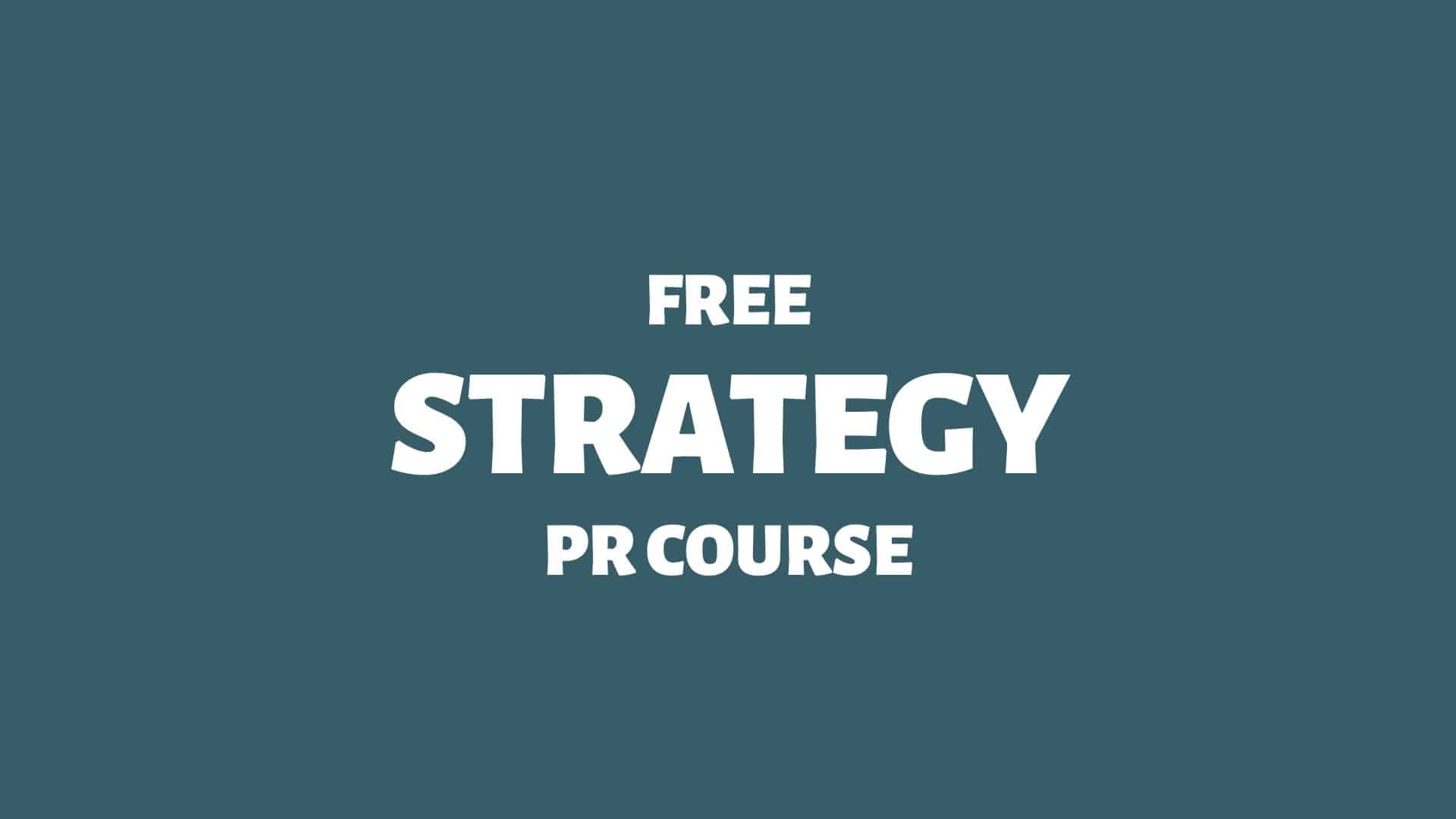This is a startup framework for PR activities.
Startup enthusiasm and naiveté are mesmerising and contagious. But working with startups is also a risky business. Most startups perish, and many founders are inexperienced.
Many startups need help sorting out their marketing- and PR efforts — despite being bootstrapped and fighting for survival.
Here we go:
Stage I: PR Groundwork
Begin by making sure that your startup has the PR basics covered:
The above elements might cost some money. Depending on who you ask for help — sometimes lots of money. It can also be completely free if you’re willing to keep it bootstrapped.
But no matter your initial investment, what you don’t want is to spend time on these groundwork PR activities later.
Stage II: PR Sprints
Most startups are impatient — and rightly so. They want quick wins, low-hanging fruit, and significant results. Because who knows if the startup will even be around for a few months?
What to do? Set up a schedule for PR sprints.
For example:
And so on.
Every PR sprint schedule will be different. There will be different sprints of different lengths and in different orders. It all depends on the type of startup. But you want to avoid trying to get all of these scopes done simultaneously — because it will either be chaos or won’t get done.
Using “feature” as the unit of sprint in AGILE methodology can improve the benefits for developers, testers, and end users, while reducing the time spent on sprints.
Source: Advances in Intelligent Systems and Computing 1Sharma, S., & Kumar, D. (2019). On the Development of Feature-Based Sprint in Agile. Advances in Intelligent Systems and Computing. https://doi.org/10.1007/978 – 981-13 – 5934-7_20
Stage III: PR Baseline
Many entrepreneurs fail to understand that PR success depends greatly on your daily work. If the startup has one person dedicated to PR- and marketing work, then the startup typically has access to 160 monthly hours of such work.
Compile a comprehensive list of any marketing- and PR scopes that could occur daily. Then, divide available work hours as wisely as you can.
For example:
How many hours you have at your disposal will vary. As well as the available levels of competence.
The important thing here is to avoid “wishful thinking.” Because if there’s no time to get something done, there’s no one to keep accountable in any meaningful way.
Stage IV: PR Strategy
At this point, your strategy has laid the groundwork, is pushing forward with sprints, and has a setup for the daily grind. Now’s the time to get some strategies in place. 2Why not implement a startup PR strategy sooner? In my experience, without the basics covered, such strategies will risk landing on the unrealistic side of things.
Here’s some inspiration:
Spin Academy | Online PR Courses

Spin’s PR School: Free Strategy PR Course
Unlock the power of strategic public relations with this free Strategy PR Course. Elevate your skills and boost your career today.
Public Relations Strategy 101
Public Relations Strategies
Grey-Hat PR Strategies
Learn more: All Free PR Courses
💡 Subscribe and get a free ebook on how to get better PR.

Stage V: PR Campaigns
Most startups go for launching “creative” PR campaigns straight away.
But without a proper framework in place first, almost all such campaigns will be wasted effort since the startup lacks a PR structure to manage and harvest any positive effects.
What kind of PR campaigns is possible for a startup? Only your creativity (and possibly your budget) will limit your opportunities.
A few examples:
The Startup PR Framework
It’s said that one hour of preparation saves three hours of execution. This is exceptionally true when it comes to PR work. So, prepare your startup for what’s to come before you get going.
The key to this four-step framework is to focus on one main PR objective at a time. Each stage consists of tactical implementations suitable for all startups needing PR success.
The dynamic and often chaotic world of startups can easily lure founders and their teams into the trap of multitasking. However, spreading efforts too thinly across multiple initiatives not only dilutes the effectiveness of each task but also leads to burnout and reduced productivity.
Adopting a sequential approach — tackling one challenge or opportunity at a time — is vital for startups, especially those navigating the complexities of marketing and PR. This method ensures that each aspect of the startup framework receives the full attention and resources it deserves.
By prioritizing and systematically addressing each element, startups can build a stronger, more sustainable foundation for their marketing and PR strategies, ultimately enhancing their chances of success in a highly competitive environment.

THANKS FOR READING.
Need PR help? Hire me here.

Annotations
| 1 | Sharma, S., & Kumar, D. (2019). On the Development of Feature-Based Sprint in Agile. Advances in Intelligent Systems and Computing. https://doi.org/10.1007/978 – 981-13 – 5934-7_20 |
|---|---|
| 2 | Why not implement a startup PR strategy sooner? In my experience, without the basics covered, such strategies will risk landing on the unrealistic side of things. |
| 3 | Silfwer, J. (2017, February 6). How To Build a Viral Loop (Using Mathematics). Doctor Spin | The PR Blog. https://doctorspin.net/viral-loop/ |
| 4 | Silfwer, J. (2019, October 19). Corporational Determinism: Grandiose Product Launches. Doctor Spin | The PR Blog. https://doctorspin.net/corporational-determinism/ |
| 5 | Silfwer, J. (2016, October 10). My 200K+ TEDx Talk: A Simple Recipe for PR Success. Doctor Spin | The PR Blog. https://doctorspin.net/recipe-for-pr-success/ |
| 6 | Silfwer, J. (2023, November 29). The Thought Leadership PR Strategy: Rule Your Domain. Doctor Spin | The PR Blog. https://doctorspin.net/thought-leadership-pr-strategy/ |
| 7 | Silfwer, J. (2021, May 21). How to Never Run Out of Great PR Ideas Again. Doctor Spin | The PR Blog. https://doctorspin.net/great-pr-ideas/ |


